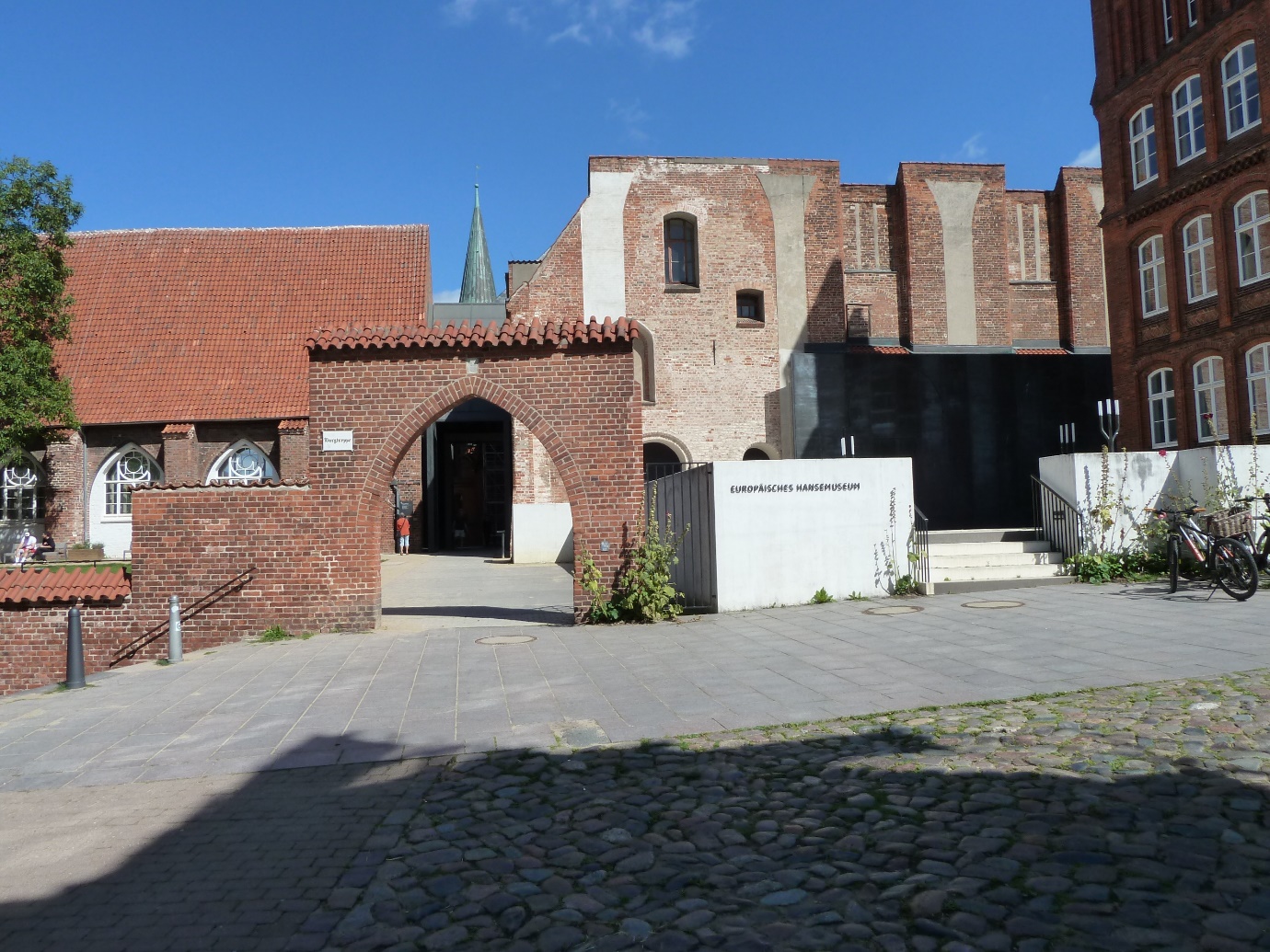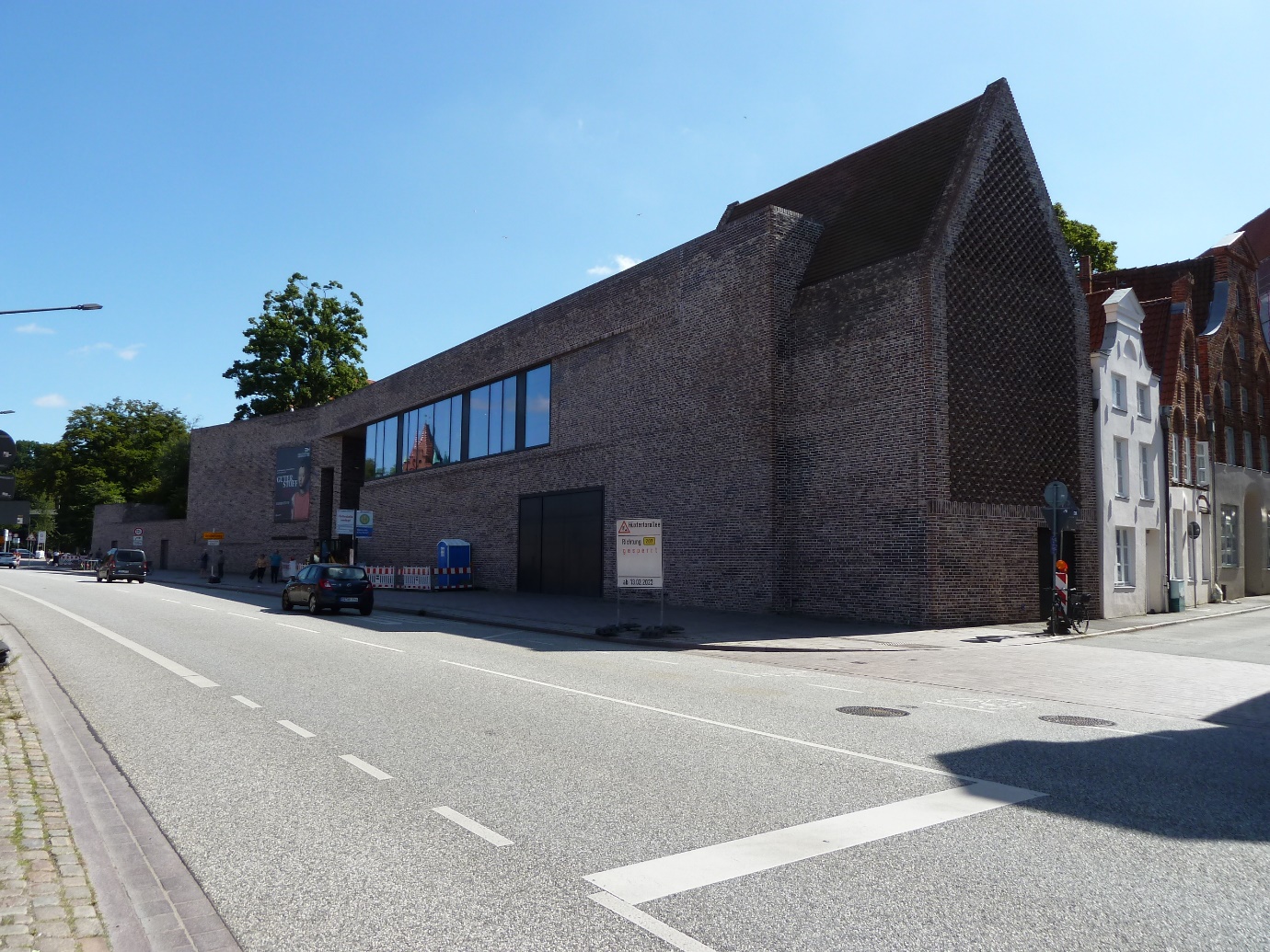Maritime trade and the Hanseatic League
An Early Modern European Economic Community: Maritime trade and the Hanseatic League
Nestled among the narrow streets and winding alleyways of medieval maritime London, in an area roughly the size of a football pitch, was a complex of buildings and warehouses known as the Steelyard. Despite the name, this ‘yard’ on the north bank of the River Thames near the heart of the City of London had nothing to do with storing, selling or distributing ferrous metal and everything to do with the economic and cultural connections that linked England to a maritime trading network that stretched across northern Europe. In fact, ‘Steelyard’ is a corruption of a Middle Low German word meaning ‘sample yard’ and it was from this location that the Hanseatic League conducted much of its business in England from the thirteenth century onwards. (The linguistic clue is important here: Middle Low German was the leading written language in northern Central Europe in the Middle Ages. Its status as a lingua franca made it the key language of international trade for the region.) Although the Hanse had gone into relative decline before the Spanish Armada set sail – the chronological starting point for our AHRC-funded project – this commercial confederation played an important part in defining England’s maritime trade with its continental neighbours for centuries.
The wide-ranging impact and long-lasting legacies of the Hanse are brought home in the spectacular Europäisches Hansemuseum, located in the beautiful city of Lübeck in northern Germany. The Hanse originated in this part of the continent in the late twelfth century but, at its height, the alliance brought together merchants from some 200 towns. Its commercial networks stretched from the eastern shores of the Baltic to England’s market towns in the west; south to France, Spain and Portugal, and even as far north as Bergen in Norway. Raw wool and woollen cloth comprised the principal exports from England, but the Hanse traded in a wide variety of commodities. Furs, timber, tar, flax and beeswax came in the opposite direction, arriving in England from Hanseatic Kontors, or trading posts, in the east. As well as facilitating the exchange of a wide variety of goods, Hanseatic traders also enabled the circulation of ideas. It was probably Hanse merchants who first introduced the radical ideas of Martin Luther to English society, for example.

A great deal of the trade conducted by the Hanse was done in cogs, the clinker-built vessels that served the Baltic and North Seas and appear on many Medieval seals and coats of arms. Cogs were replaced by hulks, caravels and carracks as overseas maritime trade expanded in the Early Modern period and larger vessels were required.
The geographical reach of the Hanse is underlined by the fact that four of its largest Kontors were located at Novgorod, Bruges, London and Bergen. These urban settlements had extensive rural hinterlands from where many goods could be sourced. They also benefited from the fact that local rulers were willing to offer trading privileges. The Steelyard in London, like the other three, elected a president, had articles of association and enjoyed jurisdiction over any internal disputes that arose. Authorities in London had few, if any, rights to enforce local law. Shared language and jealously guarded privileges, combined with mutual trust and a common legal structure, made Hanseatic merchants formidable international businessmen.
The Hanse undeniably played a critical part in the history of pan-European commercial co-operation. Still, the details of economic history do not naturally or easily lend themselves to museum display, even to the most redoubtable. Thankfully, however, help is at hand in the form of the magnificent Europäisches Hansemuseum, which engages visitors with a variety of erudite displays and interactive and immersive exhibitions. Harnessing the opportunities offered by new, digital technologies – and combining this with more traditional museum interpretation – the museum conveys the significance of this period in our shared continental history.
The Hanse went into decline in the sixteenth century. But the idea of a pan-European trading organisation was one that would continue.
If you’re interested in learning more, a visit to Lübeck to learn more is highly recommended!










